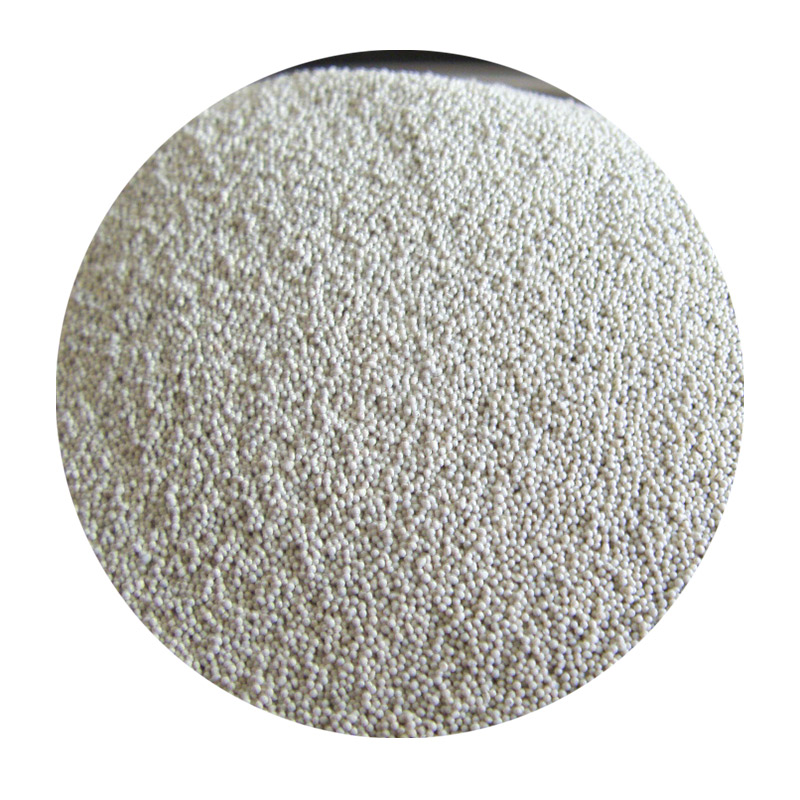Sand Casting Technology An Overview
Sand casting, one of the oldest and most widely used metal casting processes, has played a pivotal role in the evolution of manufacturing techniques. This method involves creating a mold from sand to produce metal parts, making it a vital process in industries ranging from automotive to aerospace. As demand for complex shapes and reliable products increases, sand casting technology continues to evolve, incorporating modern advancements while retaining its traditional roots.
At the core of sand casting is the creation of a mold made from a mixture of sand, a binding agent, and water. The process begins with the design of a pattern, which is typically made from metal, plastic, or wood and serves as a replica of the final product. This pattern is placed in a sand mixture to form the mold cavity. Once the mold is prepared, molten metal is poured into the cavity, where it fills the void and assumes the shape of the pattern. After cooling, the mold is broken away to reveal the finished casting.
One of the main advantages of sand casting is its versatility. It can accommodate a wide range of metals, including aluminum, iron, and copper alloys. This flexibility allows manufacturers to produce components of various sizes and complexities, from small intricate parts to large structural components. Additionally, sand casting is generally more cost-effective for low to medium production runs, as it requires relatively low initial investment in tooling compared to other casting methods such as die casting or investment casting.
sand casting technology

The application of sand casting technology extends across various industries. In the automotive sector, it is commonly used to manufacture engine blocks, transmission housings, and other critical components. Similarly, the aerospace industry relies on sand casting for producing lightweight, high-strength parts that meet strict regulatory standards. The ability to create complex geometries makes sand casting invaluable in sectors that require custom or low-volume parts, enabling designers to innovate without being hindered by manufacturing constraints.
Despite its advantages, sand casting also comes with challenges that manufacturers must address. One significant issue is the surface finish of the cast parts, which may not meet the desired specifications without additional machining. Additionally, defects such as sand inclusions, porosity, and shrinkage can occur during the casting process, affecting the integrity of the final product. To mitigate these issues, advancements in technology have introduced automated molding processes, computer-aided design (CAD), and simulation tools that help optimize the casting process and reduce the likelihood of defects.
Moreover, the environmental impact of sand casting is an ongoing concern. Traditional sand casting uses silica sand, which may pose health risks to workers during handling. However, innovations in material science are leading to the development of more sustainable alternatives, such as synthetic sands and eco-friendly binders. These alternatives not only improve worker safety but also reduce the overall environmental footprint of the casting process.
In conclusion, sand casting technology remains a cornerstone of the manufacturing industry, thanks to its versatility, cost-effectiveness, and capacity for producing complex shapes. While challenges persist, continuous improvements in materials, processes, and technologies are enhancing its efficiency and sustainability. As industries evolve and demand for innovative solutions grows, sand casting will undoubtedly adapt, maintaining its relevance in a rapidly changing manufacturing landscape.
Post time:Aug . 01, 2024 06:15
Next:Exploring the Various Materials Utilized in the Sand Casting Process for Manufacturing Components
